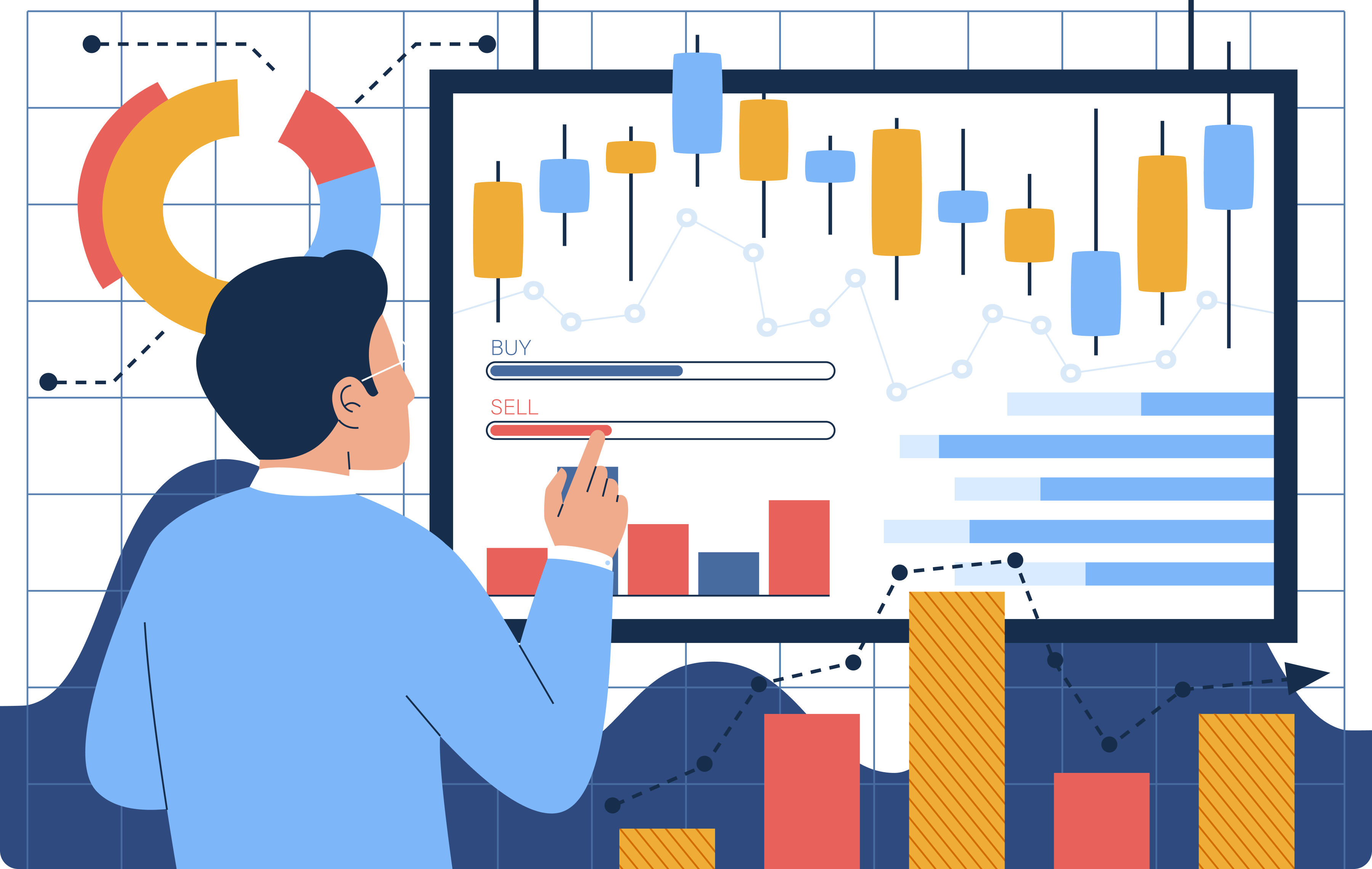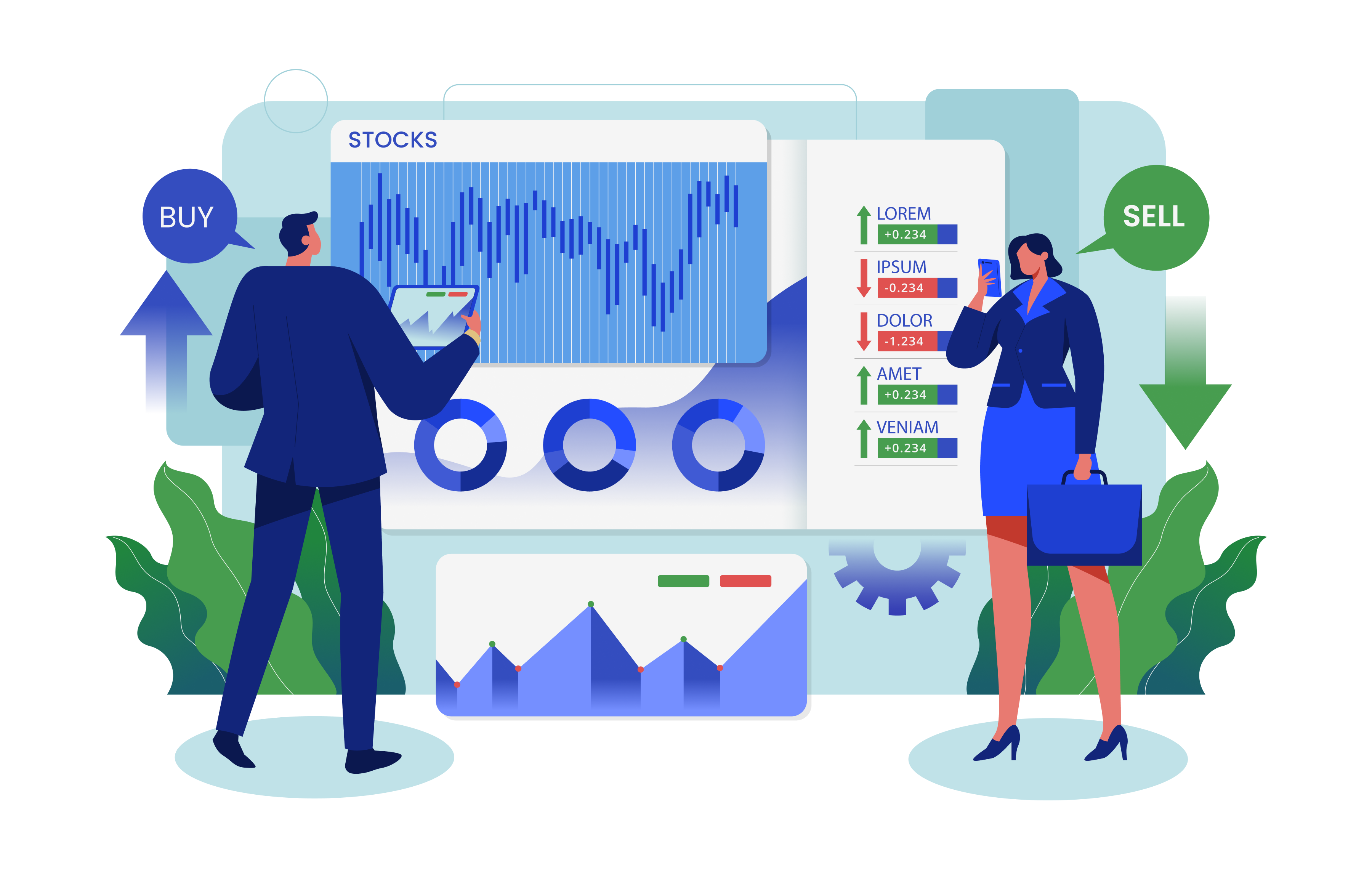What is Margin Trading?
Margin trading is a financial strategy that allows investors to buy a larger quantity of an asset than they could with only their own capital. In margin trading, investors borrow funds to increase their buying power, leveraging their existing capital to potentially amplify both gains and losses. This practice is commonly used in various financial markets, including stocks, futures, and foreign exchange. Here's a comprehensive breakdown of margin trading:
Understanding Margin:
Margin Account: To engage in margin trading, investors need a margin account, which is a specialized brokerage account that permits borrowing funds to buy securities. This is distinct from a cash account, where transactions are conducted using only the investor’s own funds.
Margin: Margin refers to the borrowed funds provided by the broker to the investor. The margin is typically expressed as a percentage of the total value of the securities being purchased, known as the margin requirement.
Key Terminology:
Initial Margin: This is the minimum amount of funds that must be deposited into a margin account to open a position. It is a percentage of the total value of the trade.
Maintenance Margin: Once a position is open, the maintenance margin is the minimum amount of equity that must be maintained in the margin account. If the account’s equity falls below this level, a margin call may be issued.
Margin Call A margin call occurs when the account’s equity drops below the maintenance margin. The broker may issue a margin call, requiring the investor to deposit additional funds or close out positions to bring the account back to the required level.
How Margin Trading Works:
Leverage Margin trading provides leverage, allowing investors to control a larger position with a relatively small amount of capital. For example, with a 2:1 leverage, a $10,000 deposit allows the trader to control $20,000 worth of securities.
Amplified Returns and Losses: While leverage can amplify potential returns, it also magnifies potential losses. If the market moves against the trader, losses can exceed the initial investment.
Our Goal is to Make the World of Finance more Accessible and Attainable
Trade on Nifty, F&O, Indices, Bitcoin, Gold, Oil, crude oil and 6,400+ other world-renowned markets.
Stay Updated, Trade Confidently
Your Latest Market Insights Here


